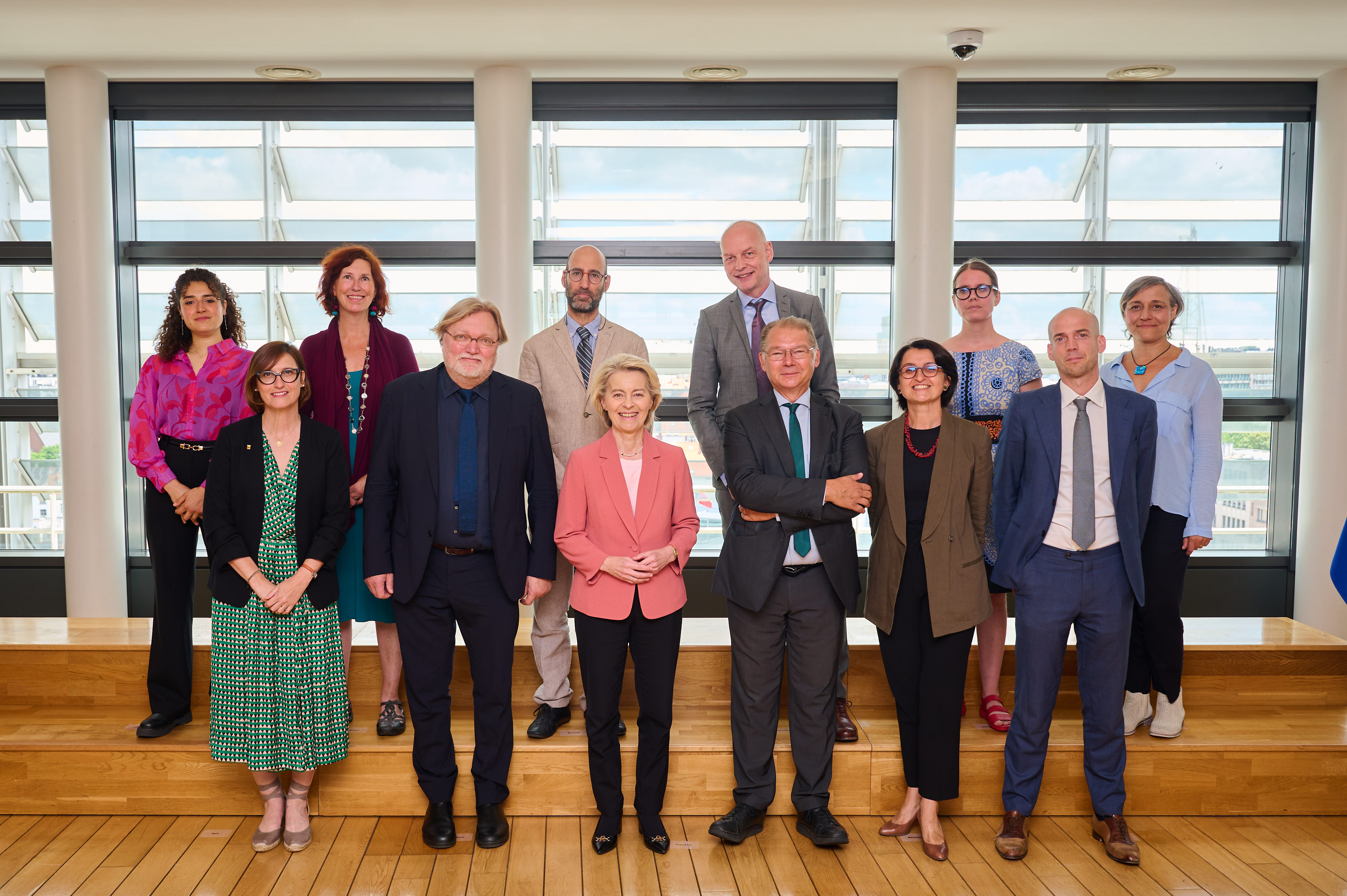Today, directors of the Green 10, of which HEAL is a member, met with European Commission President von der Leyen and shared civil society’s recommendations for policy action.
By Vijoleta Gordeljevic, Health and Climate Coordinator, HEAL
What kind of city do we want to live in? Normally we don’t think much about that in our daily lives, but with the COVID pandemic we’ve also had to re-think the ways we move about in our cities.
When you consider the mobility patterns of urban environments, you realise that for many European cities we use our cars rather than walk or cycle or use public transport. With the dominant car use comes a large release of air pollution which we’re breathing in daily. According to the European Environment Agency, air pollution remains Europe’s top environmental threat to health, with more than 400 000 premature deaths every year in the EU.
A new study by HEAL member European Public Health Alliance (EPHA) (prepared by CE Delft) now shows the extent of the air pollution burden for cities and residents : in 2018, 432 investigated cities summed up total damage costs of over 166 billion EUR. That’s, on average, equivalent to 3.9% of income earned in a city, but can reach up to 10% of income earned in some cities, such as in Bulgaria’s capital Sofia.
The EPHA study shows once again that the number of cars on the roads of Europe’s cities are clearly associated with more pollutants in the air, and consequently, with higher disease rates and elevated costs to society. For each 1 % increase of cars on the road, costs to society increase by 0.49%.
Cities and their leadership, including mayors, play a crucial part in air pollution prevention, and many mayors have taken action in recent years for healthy mobility. Luxembourg city has made all public transport free of charge, in Vienna the annual public transport pass costs 1 EUR a day. Other cities have established bicycle highways to encourage the switch to active transportation. The city of Berlin now gives priority to cyclists and pedestrians, and not cars, in their mobility policy-making. But there is a lot more that especially cities can do and which they can do now to set the path for the healthy city of tomorrow, and guaranteeing immediate health benefits for their citizens.
Here are the obvious ones:
- Ban cars from city centres and make space for sustainable, car-free mobility
- Expansion of safe cycling lanes in and around city centres including bicycle highways
- Reliable, accessible, affordable and fossil-fuel-free public transport alternatives for all
- Expansion of green and wild areas such as parks, community gardens or facade planting
The spring and summer of 2020 have presented many cities with an additional lesson: the lockdowns enforced as a result of the global COVID19 pandemic forced local authorities to rethink urban infrastructure and offer more options for moving outdoors and traveling by foot or bike. As a result, 68% of Europeans want their cities to stay car-free and pedestrian-friendly post COVID, as one poll finds.
We are presented a crucial opportunity to build the healthy city of tomorrow and ensure clean air for all.


